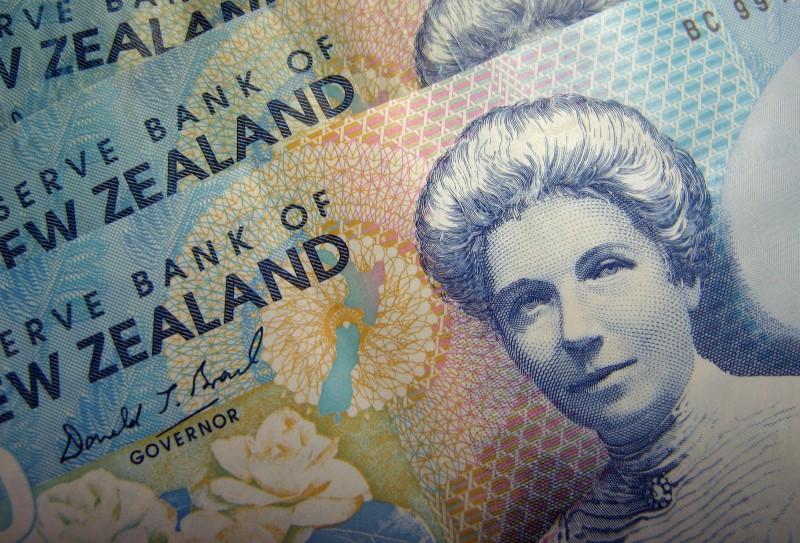By Ambar Warrick
Investing.com-- Most Asian currencies moved little on Wednesday as rising COVID-19 cases in China and the introduction of new curbs weighed on sentiment, while the New Zealand dollar rallied after a record-high interest rate hike by the central bank.
The New Zealand dollar jumped 0.5% to $0.6170 after the Reserve Bank of New Zealand (RBNZ) hiked rates by 75 basis points (bps), its biggest ever rate raise as it struggles to contain rising inflation.
The bank signaled that more tightening is likely, but also warned that economic growth will slow in the near-term due to the shock of rising interest rates and elevated inflation.
Still, with New Zealand interest rates now at a 14-year high, the outlook for the kiwi remains robust.
The Chinese yuan fell 0.2% as major cities introduced more curbs to contain a record-high rise in new infections. Markets fear that the measures are bound to cause more disruptions in business activity, pressuring China’s economy.
Weak economic readings for October showed that rising infections have already cut short a third-quarter recovery in the Chinese economy, with the government giving little indication that it will further scale back its strict zero-COVID policy.
Currencies of countries with high trade exposure to China were under pressure. The Australian dollar and South Korean won traded sideways, while the Taiwan dollar lost 0.3%.
China’s offshore yuan also fell 0.3%.
Overnight losses in the dollar gave little support to regional currencies on Wednesday, as markets also awaited more clarity on U.S. monetary policy from the minutes of the Federal Reserve’s November meeting, due on Thursday.
The dollar index fell 0.1%, while dollar index futures shed a similar amount.
A growing number of Fed officials said while they supported a smaller interest rate hike in December, stubborn inflation could lead the bank into maintaining high interest rates for a longer period.
Such a scenario would be negative for Asian currencies, given that rising U.S. interest rates spurred steep losses in the region this year.
Still, markets are also betting that U.S. inflation has peaked, and that the Fed will be pushed into eventually pausing its rate hike cycle in the coming months.
In Southeast Asia, the Singapore dollar fell 0.2% ahead of data that is expected to show that the island state’s consumer inflation eased slightly in October.
